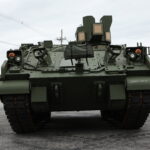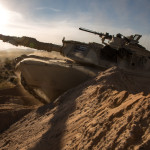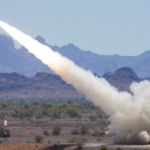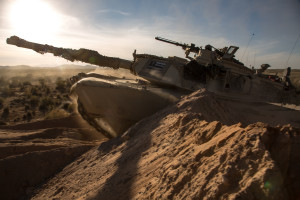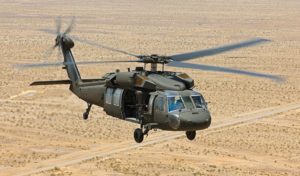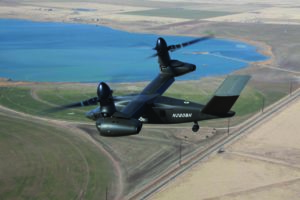
HUNTSVILLE, Ala. — Bell [TXT] is currently working through the preliminary design review (PDR) for the Army’s Future Long Range Assault Aircraft (FLRAA), a company official confirmed, with the program on track for a Milestone B decision this summer to move into the Engineering, Manufacturing and Development (EMD) phase. “We’re in the throes right now of working through the preliminary design review. That’s all going well. The Army’s taking us to task, as they should as a customer and we…

 By
By 
